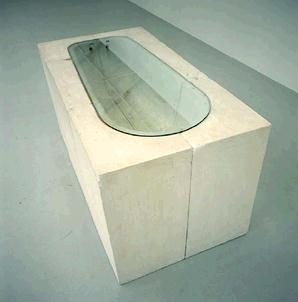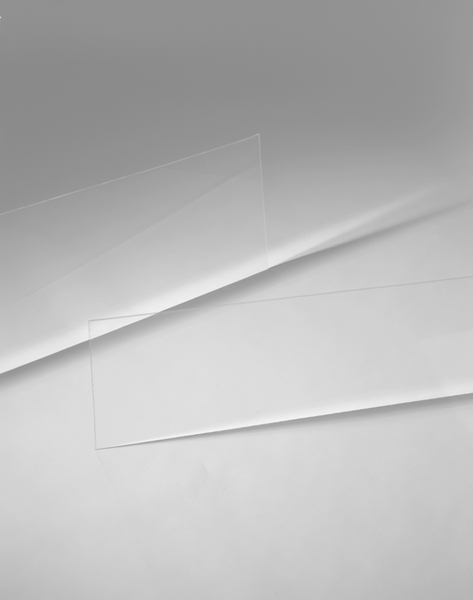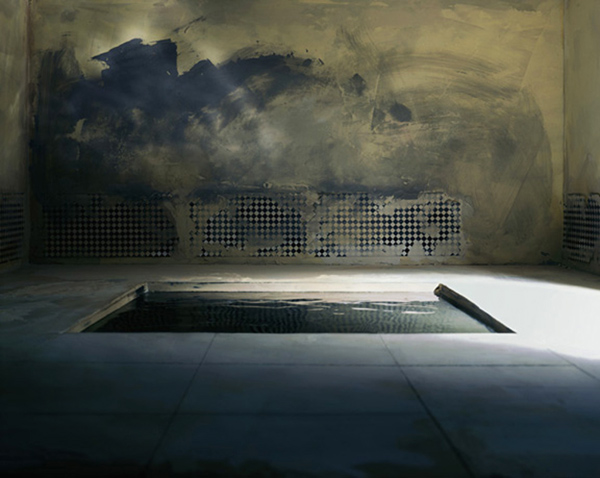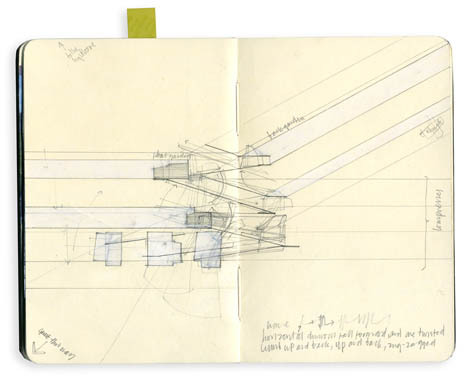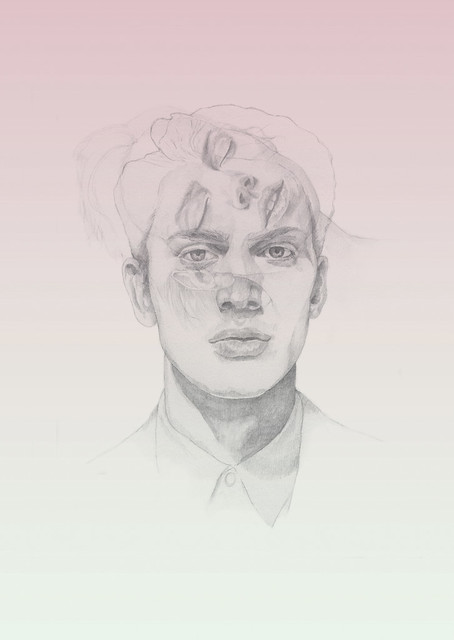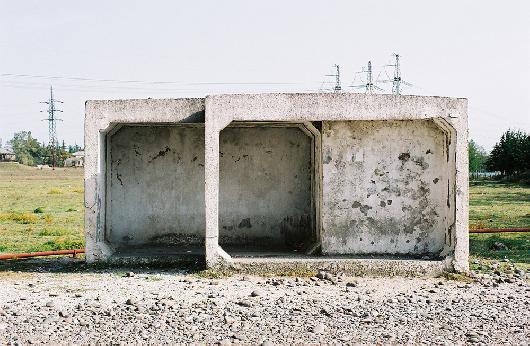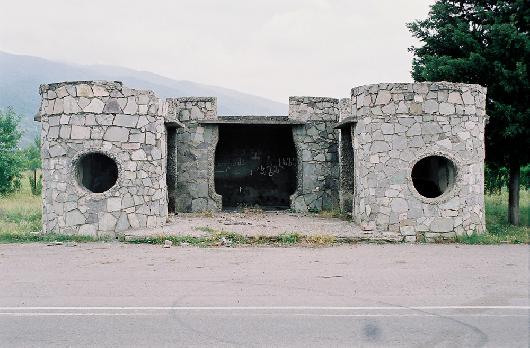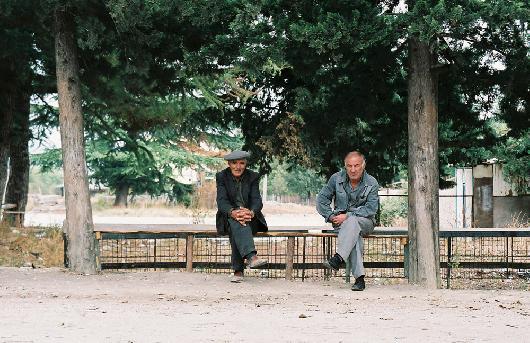PALIMPSEST
Ailbhe Ní Bhriain's solo show at the Butler Gallery, Kilkenny,
installation view of 'Palimpsest' video series, each continously looped, 2008.
'Once we acknowledge the constitutive gap between reality and its representation in language or image, we must in principle be open to many different possibilities of representing the real and its memories. This is not to say that anything goes. The question of quality remains one to be decided case by case. But the semiotic gap cannot be closed by any orthodoxy of correct representation.'
-Andreas Huyssen in Present pasts: urban palimpsests and the politics of memory
-Andreas Huyssen in Present pasts: urban palimpsests and the politics of memory








